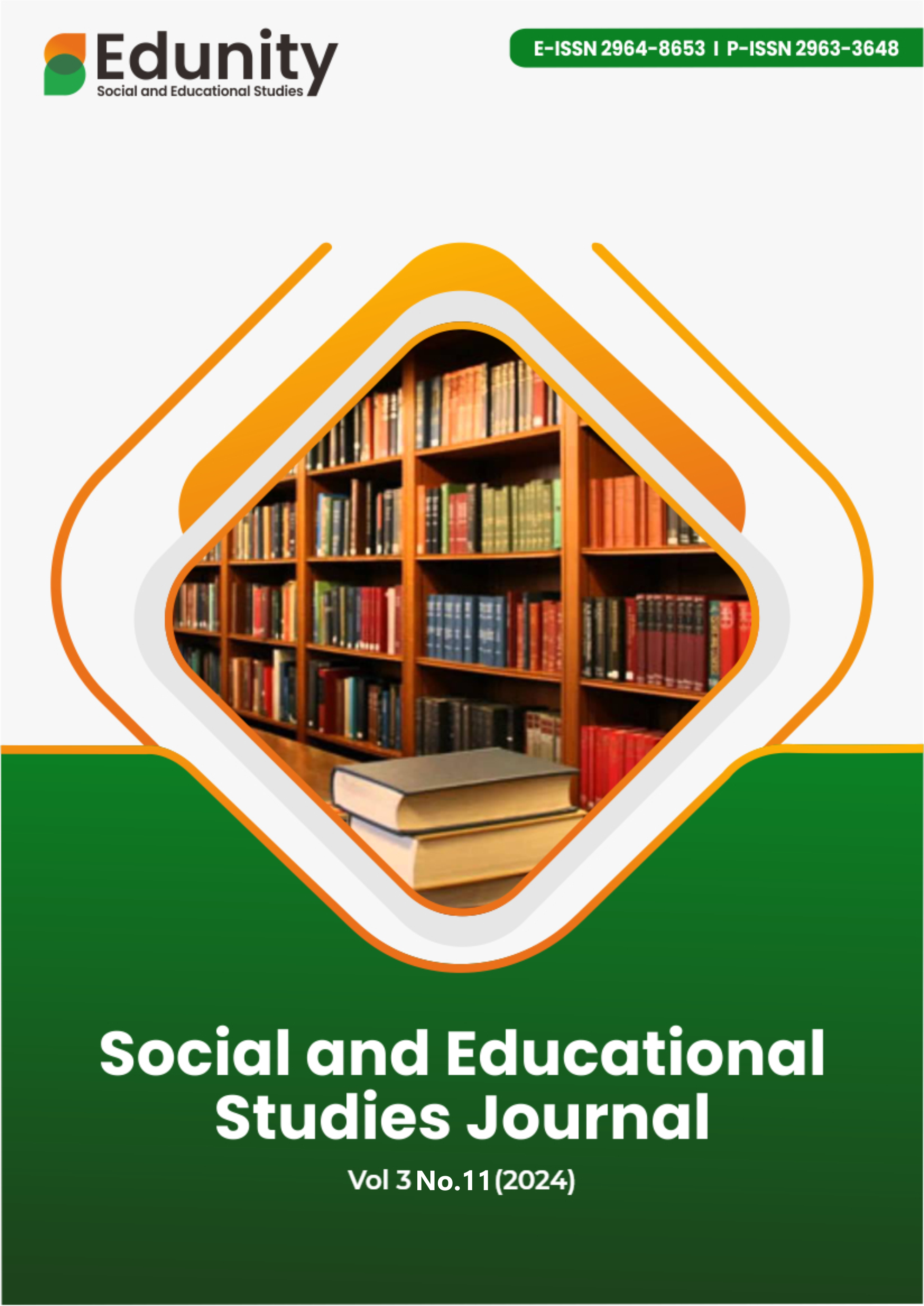The Role of the Basic Sector in Reducing Economic Inequality in the Greater Malang Area
DOI:
https://doi.org/10.57096/edunity.v3i11.327Keywords:
Basic Sector;, Disparity;, Location Quotient;, Williamson IndexAbstract
The Greater Malang Region, which consists of Malang Regency, Malang City, and Batu City, has great natural resource potential, but still faces challenges in achieving economic consistency. Economic inequality in this region is a concern, especially in the context of the role of basic economic sectors. This study aims to identify the basic economic sectors that play a role in reducing economic inequality in the Greater Malang region and analyze their contribution to the regional economic structure. This study uses a quantitative descriptive approach with Time Series analysis of GRDP in Greater Malang. The analytical tools used include Location Quotient (LQ) Analysis to identify basic and non-basic sectors, and Williamson Index (IW) Analysis to measure the level of economic inequality. The analysis shows that: 1) Malang Regency has basic sectors such as agriculture, industry, and trade; 2) Malang City is dominated by services and education sectors; 3) Batu City has strong agriculture and tourism sectors. Economic inequality in Greater Malang shows a fluctuating trend with an increasing IW value, indicating non-optimization in the development of potential economic sectors. These findings indicate the need to strengthen basic sectors to support more equitable economic growth. While potential exists, more targeted development is needed to reduce inequality and improve community welfare. This study concludes that the basic economic sectors play a key role in reducing economic inequality in Malang Raya. However, the development of these sectors still needs to be optimized to achieve better results in people's economic welfare.
References
Arsyad, L. (2014). Development Economics. South Tangerang: Open University of the Ministry of Education and Culture.
Brugmann, J. (2021). Is there method in our measurement? The use of indicators in local sustainable development planning. In The Earthscan Reader in Sustainable Cities (pp. 394–410). Routledge.
Distefano, T., Lodi, L., & Biggeri, M. (2024). Material footprint and import dependency in EU27: Past trends and future challenges. Journal of Cleaner Production, 472, 143384.
Halvis, & Amala, Z. (2019). Strengthening Local Economic Potential in Underdeveloped Areas to Reduce Inter-Regional Inequality in Lampung Province ( Case Study in Regencies/Cities Included in the Underdeveloped Category). Journal of Development Economics Vol 8 No 1 , 81-123.
Haryanto. (2021). Analysis of Economic Structure Transformation of 7 Provinces in Java and Bali Region (Lq and Shift Share Approach). Bappenas Working Papers Vol. 4 No. 2 , 178-200.
Hasan, M., & Aziz, M. (2018). Economic Development & Community Empowerment Human Development Strategy in Local Economic Perspective Second Edition. Jakarta: Cv. Nur Lina.
Hidayah, RA, & Tallo, AJ (2020). Economic Analysis of Central Java Province for the Period 2015-2019 Using the Williamson Index Method, Klassen Typology and Location Quotient. Journal of Non-Formal Education Science Vol. 6, No 3 , 339-349.
Leigh, N. G. (2024). Planning local economic development: Theory and practice. SAGE publications.
Luh Putu Yuni Adipuryanti, N., & Ketut Sudibia, I. (2015). Analysis of the Influence of the Number of Working Population and Investment on Income Distribution Inequality Through Economic Growth of Districts/Cities in Bali Province. Pyramid Vol. Xi No. 1 , 20-28.
Mauliddiyah, A. (2014). Analysis of Regional Disparity and Economic Growth (Case Study in Batu City 2002-2012). Journal of Economics and Development Studies Vol 6, No 2 , 156-163.
Myrdal, G. (1976). Rich and Poor Nations. Jakarta: PT Gramedia.
Putri, A. (2018). The analysis of agricultural sector’s growth in Lhokseumawe of Indonesia. Russian Journal of Agricultural and Socio-Economic Sciences, 76(4), 334–343.
Saleh, H., Surya, B., Annisa Ahmad, D. N., & Manda, D. (2020). The role of natural and human resources on economic growth and regional development: With discussion of open innovation dynamics. Journal of Open Innovation: Technology, Market, and Complexity, 6(4), 103.
Suharmi, I. (2018). Analysis of the Influence of Gross Regional Domestic Product (GRDP) of the Agricultural Sector on Economic Growth in South Aceh Regency. Jurnal Ekombis Vol 4, No 2 , 151-157.
Wahed, M. (2020). Mapping Economic Potential in an Effort to Increase Labor Absorption in the City of Surabaya. Journal of Economic Development Dynamics (Jdep) Vol 3 No 1 , 282-287.

Downloads
Published
Issue
Section
License
Copyright (c) 2024 Sishadiyati Sishadiyati, Mohammad Wahed, Noer Aida Triandin

This work is licensed under a Creative Commons Attribution-ShareAlike 4.0 International License.
Authors who publish with this journal agree to the following terms:
- Authors retain copyright and grant the journal right of first publication with the work simultaneously licensed under aCreative Commons Attribution-ShareAlike 4.0 International (CC-BY-SA). that allows others to share the work with an acknowledgement of the work's authorship and initial publication in this journal.
- Authors are able to enter into separate, additional contractual arrangements for the non-exclusive distribution of the journal's published version of the work (e.g., post it to an institutional repository or publish it in a book), with an acknowledgement of its initial publication in this journal.
- Authors are permitted and encouraged to post their work online (e.g., in institutional repositories or on their website) prior to and during the submission process, as it can lead to productive exchanges, as well as earlier and greater citation of published work.







